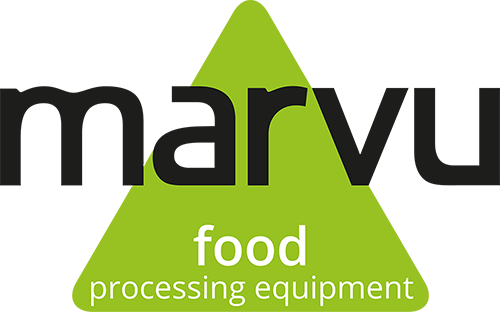Whether you’re a small food producer or a large-scale manufacturer, optimising your conveyor system offers significant cost savings and improves the efficiency of your production process. In this blog, we share three valuable tips to optimise your transport system to reduce costs.
This is how to reduce the cost of a conveyor system

Whether you’re a small food producer or a large-scale manufacturer, optimising your conveyor system offers significant cost savings and improves the efficiency of your production process. In this blog, we share three valuable tips to optimise your transport system to reduce costs.
1. Optimise your existing conveyor systems
By carefully analysing and improving your conveyor system, you can minimise inefficiencies and speed up material throughput. Doing this regularly helps to streamline logistics within your production environment, avoiding unnecessary waiting times and stagnation. But where do you start?
An optimised conveyor system meets the exact requirements of your production process. By accurately matching the nature and size of your products, material handling becomes more effective and targeted. This minimises waste and unnecessary movements, resulting on reduced costs in the long term. Investing in a professionally optimised conveyor system therefore not only results in direct cost savings, but also increases overall production efficiency. This can then strengthen your competitive position in the food industry without compromising on the high-quality service to your customers.
2. Plan preventive maintenance
Why do you need preventive maintenance? Timely detection of wear and potential problems enables you to take preventive action before serious failures occur. This minimises unforeseen production disruptions and increases your overall productivity. Yet preventive maintenance still isn’t taken as seriously as it should be, with those companies paying the price.
If you want to save costs, preventive maintenance is a must. And it starts with having a maintenance plan in place. Regular maintenance and inspections should occur at fixed intervals to ensure optimal conveyor system operation. The maintenance plan clearly defines the different machine components, the actions to be taken, and the responsibilities of the maintenance staff.
Some tips for regular maintenance include cleaning and lubricating moving parts, checking the belt tension, and inspecting electrical components. Regular maintenance extends the life of your conveyor system and ensures smooth and efficient operation. Want to know more about maintenance and spare parts? We wrote an article on this topic earlier.
3. Be prepared with a cost-benefit analysis
A thoroughly thought-out cost-benefit analysis helps you make an informed choice when investing in a conveyor system for your business. It enables you to identify all relevant costs and expected benefits, including acquisition costs, maintenance costs, and operational efficiency improvements. By understanding total life-cycle costs and revenues, you are able to determine a strategy that is most beneficial for your operation.
This might be obvious, but we’ll say it anyway: investing in quality conveyor systems is fundamentally important. And while the initial investment may seem like a lot of money, high-quality systems deliver significant cost savings in the long run. Choosing durable and reliable systems reduces unplanned repairs and replacements, minimising downtime and unforeseen extra expenses.
